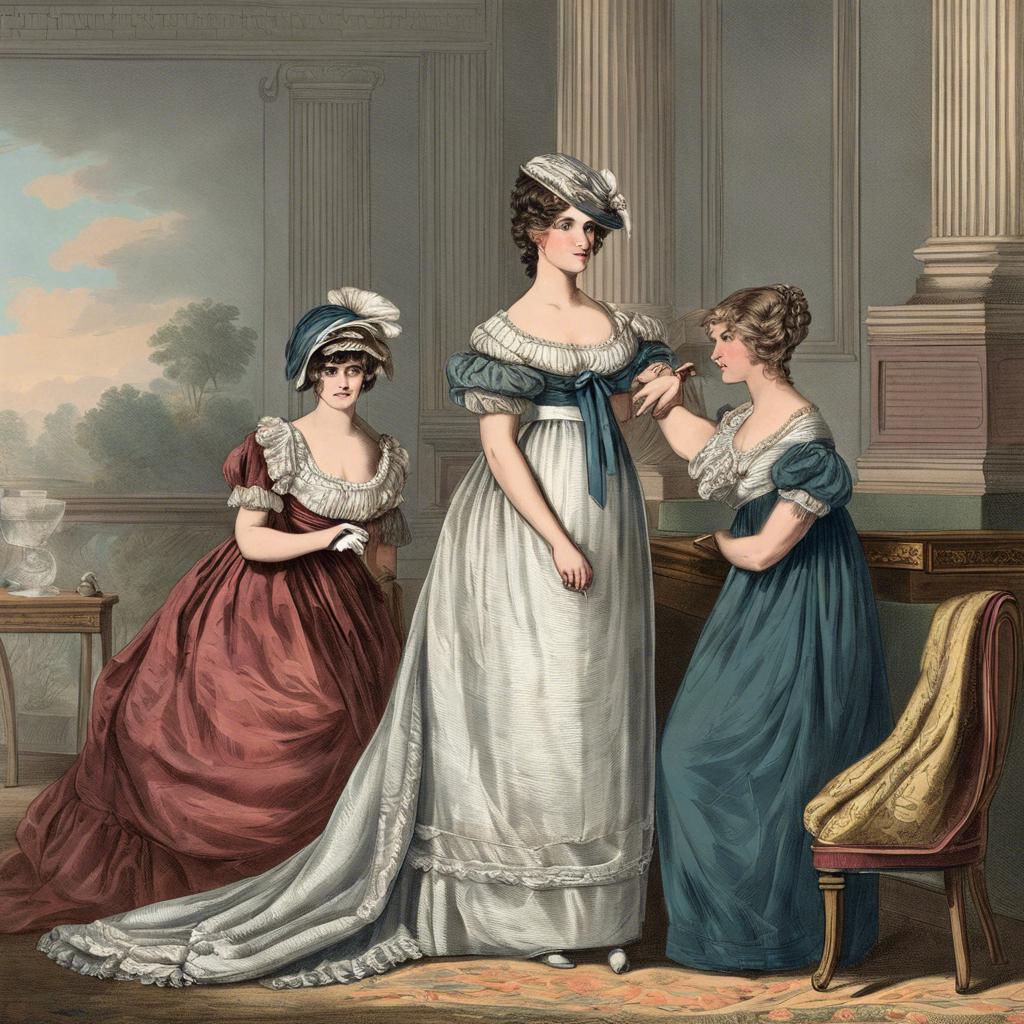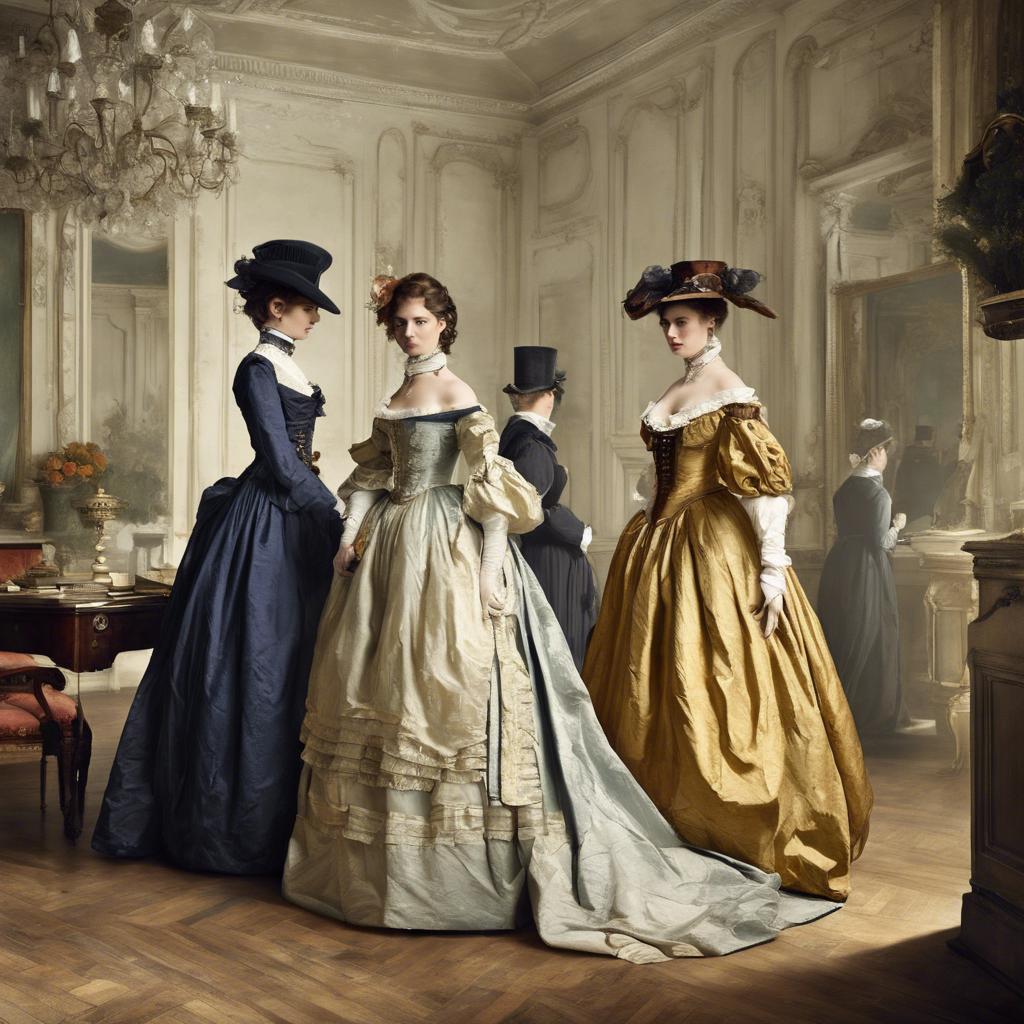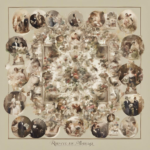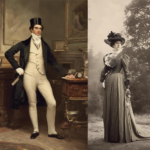In the elegant and refined world of Regency era fashion, dressing to impress was not simply a matter of choosing the latest trends, but a statement of wealth, status, and social standing. From the intricate construction of women’s gowns to the tailored perfection of men’s coats, every aspect of clothing was carefully curated to contribute to the overall image of sophistication and refinement. Join us as we delve into the world of Regency era attire, exploring the intricate details and strict etiquette that governed the way individuals presented themselves during this fascinating period in history.
Step Into the World of Cheryl Bolen
Dive into the enchanting stories of love, intrigue, and elegance set in the Regency Era. Cheryl Bolen's novels offer timeless romance and captivating tales that will leave you wanting more.
Explore Cheryl Bolen's Books Now
Regency Era Fashion: A Brief Overview
In the early 19th century, the Regency Era brought about a significant shift in fashion, marked by elegant and romantic styles that continue to influence modern trends. Women’s clothing during this period was characterized by high waistlines, empire silhouettes, and delicate fabrics such as muslin and silk. Some key elements of Regency Era fashion include:
- Empire Waist: A defining feature of Regency fashion, the empire waist was popularized by the French Empress Josephine and created a flattering, elongated silhouette.
- Puffed Sleeves: Sleeves were often puffed at the shoulders and gathered at the wrists, adding a touch of femininity to dresses and gowns.
- Simple Accessories: Women accessorized their outfits with minimalistic jewelry such as pearls and ribbons, emphasizing simplicity and elegance.
Men’s fashion also underwent a transformation during the Regency Era, with a focus on tailored suits, cravats, and top hats. Key elements of men’s Regency fashion included:
- Tailored Coats: Men wore fitted coats with high collars and long tails, reflecting the refined and dapper style of the era.
- Trousers and Breeches: Trousers became increasingly popular, replacing knee-length breeches as the preferred choice for men’s lower body attire.
- Cravats and Neckwear: Men often adorned their necks with intricately tied cravats, adding a touch of sophistication to their ensembles.
Regency Era fashion embodied a sense of grace and elegance, with a focus on clean lines, soft pastel colors, and minimalist embellishments. Whether attending a lavish ball or strolling through the countryside, individuals of the Regency period dressed to impress, showcasing their status and style with every meticulously chosen garment.
Elegance Personified: Key Elements of Regency Era Attire
In the elegant and refined world of Regency era attire, there are key elements that truly capture the essence of this exquisite period in fashion history. The Regency era, spanning from 1811 to 1820, was a time of sophistication and grace, reflected in the attire worn by both men and women of the time. Let’s explore some of the essential elements that defined Regency era fashion.
For women, the silhouette of Regency era dresses was characterized by high waistlines and empire cuts, creating a flowing and ethereal look. Fabrics such as lightweight muslin and silk were commonly used, adding to the delicate and graceful appearance of the garments. Embellishments like delicate lace trims, intricate embroidery, and dainty ribbons were also popular, enhancing the overall elegance of the attire.
Men in the Regency era epitomized dapper sophistication with their tailored coats, waistcoats, and breeches. The classic tailcoat, paired with patterned waistcoats and crisp linen shirts, was a staple ensemble for the fashionable Regency gentleman. Accessorizing with top hats, cravats, and leather gloves completed the polished and refined look, showcasing the impeccable taste and attention to detail of the era.
Tips for Channeling Regency Style Today
For those looking to channel the elegance and sophistication of the Regency era in their own wardrobes today, there are several key tips to keep in mind. One of the most iconic aspects of Regency fashion was the high-waisted silhouette, known for its flattering and feminine look. To emulate this style, opt for empire waist dresses or tops that cinch at the narrowest part of your torso, creating a similar effect.
In addition to the high-waisted silhouette, another hallmark of Regency fashion was the use of delicate fabrics such as muslin and silk. These lightweight materials not only added a sense of ethereal beauty to garments but also allowed for intricate draping and gathering. When shopping for modern pieces, look for items made from flowing fabrics like chiffon or organza to capture the romantic essence of the Regency era.
To complete your Regency-inspired look, don’t forget to pay attention to the details. Accessories played a crucial role in Regency fashion, with gloves, parasols, and bonnets being popular choices for women. For men, tailcoats, cravats, and top hats were essential components of a well-dressed ensemble. Incorporating these accessories into your outfit can help elevate your look and transport you back to the glamour of the Regency era.
| Tip | Example |
|---|---|
| Embrace Empire Waists | Choose dresses or tops that cinch at the narrowest part of your torso |
| Opt for Delicate Fabrics | Look for flowing fabrics like chiffon or organza for a romantic touch |
| Accessorize Wisely | Incorporate gloves, parasols, bonnets, or cravats to complete your look |
Exploring the Influence of Regency Era Fashion on Modern Trends
In the early 19th century, the Regency era was a time of elegance and refinement, known for its distinctive fashion trends that continue to influence modern styles today. Women’s clothing during this period was characterized by high waistlines, empire silhouettes, and flowing fabrics such as muslin and silk. Men’s fashion was also notable for its tailcoats, waistcoats, and knee-length breeches, reflecting a sense of sophistication and sophistication.
One of the most iconic elements of Regency era fashion was the use of intricate embroidery, embellishments, and delicate lace details. These ornate designs showcased the craftsmanship and attention to detail that were valued during this period. Accessories such as gloves, parasols, and hair ornaments were also popular among both men and women, adding an extra touch of flair to their ensembles.
Today, the influence of Regency era fashion can be seen in modern trends such as high-waisted skirts, empire waistlines, and statement sleeves. Designers continue to draw inspiration from the elegant and timeless styles of this period, incorporating elements such as ruffles, lace, and intricate embroidery into their collections. By paying homage to the timeless beauty of Regency era fashion, we can appreciate the enduring impact it has had on the world of style and design.
Insights and Conclusions
the Regency era was a time of unparalleled elegance and refinement in fashion. From the flowing silhouettes of the Empire waist gowns to the intricately detailed accessories, every aspect of attire during this period reflected the sophisticated taste and social status of the wearer. As we look back on this golden age of fashion, we are reminded of the timeless beauty and grace that defined the Regency era. Let us continue to draw inspiration from the sartorial splendor of this bygone era and strive to emulate the sophistication and refinement that characterized the dress of the Regency period.


